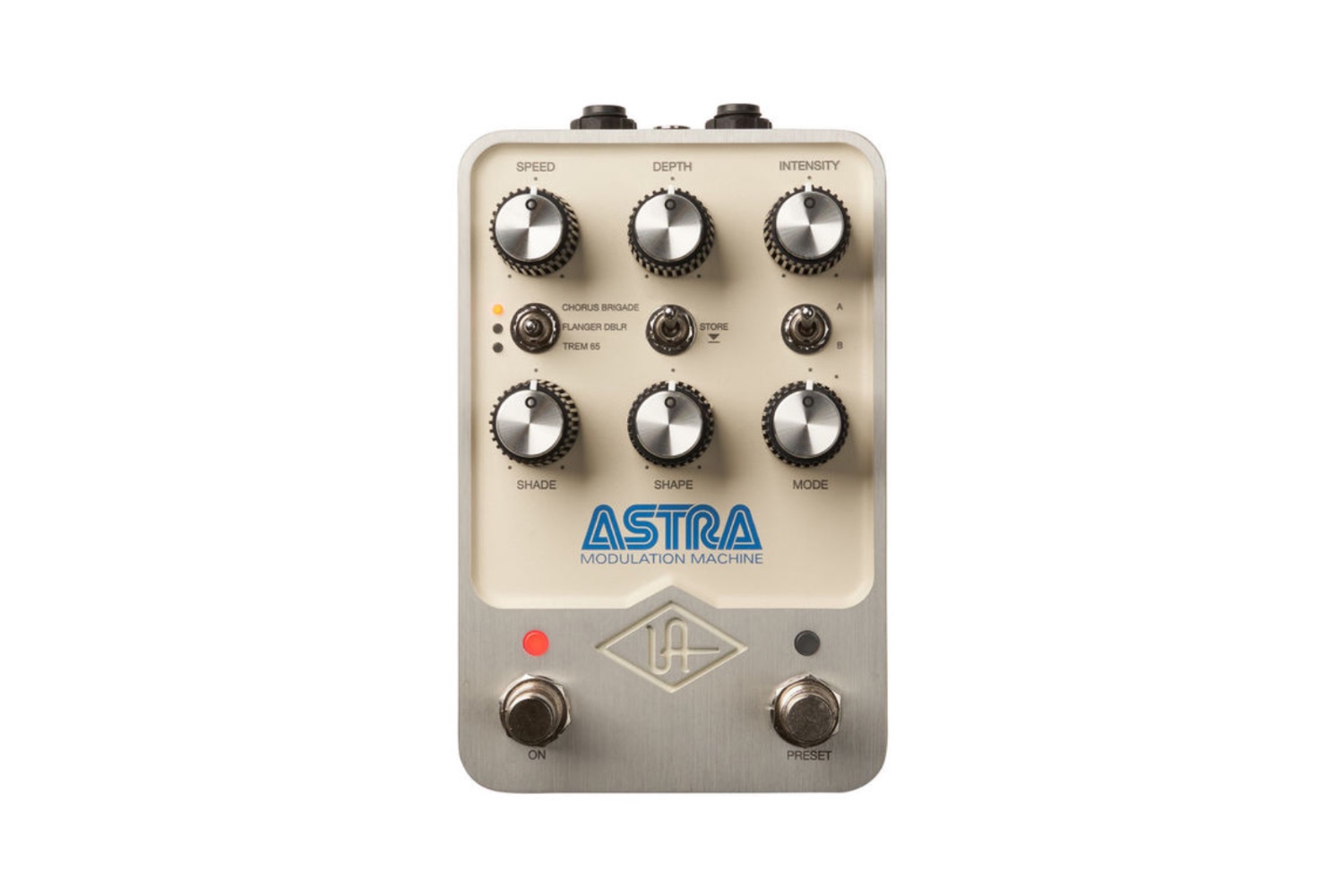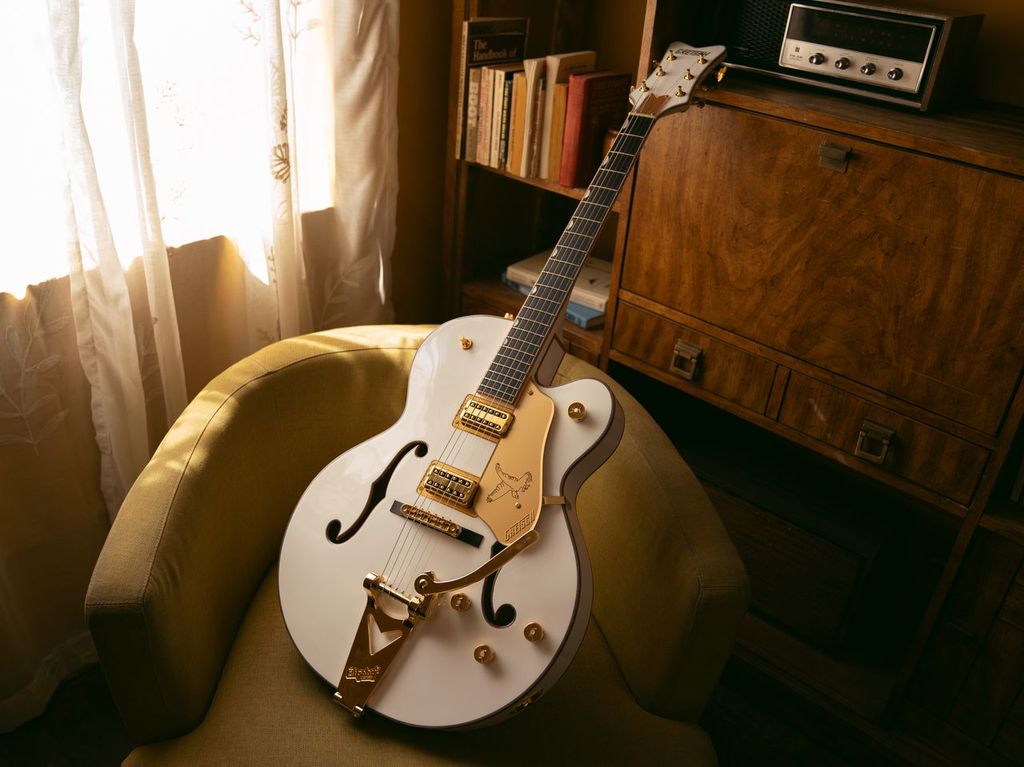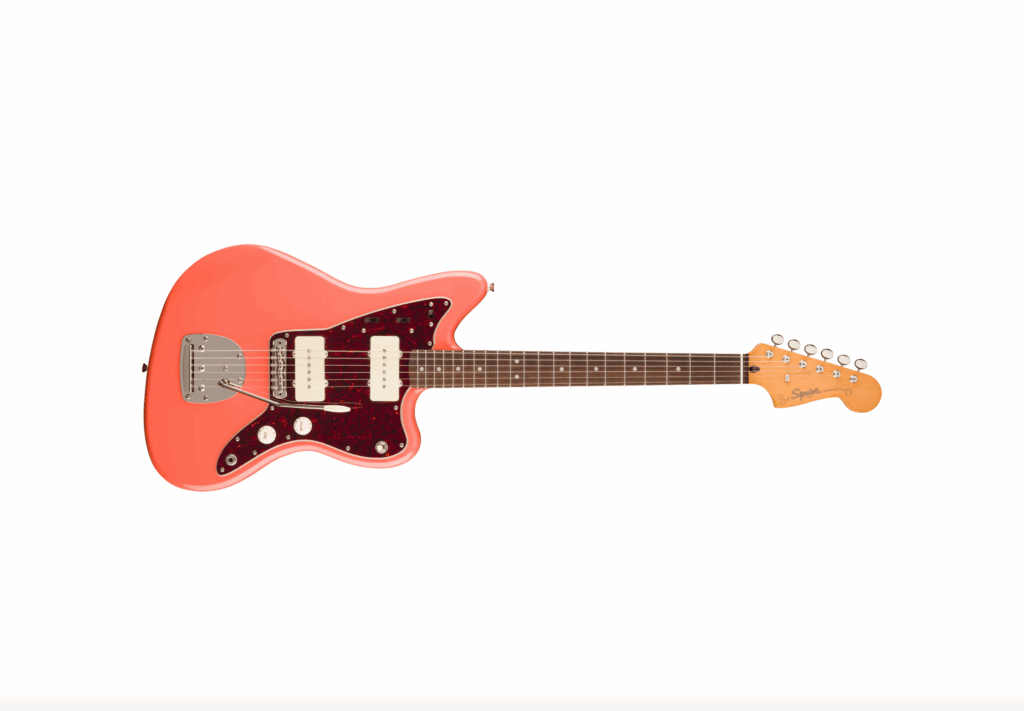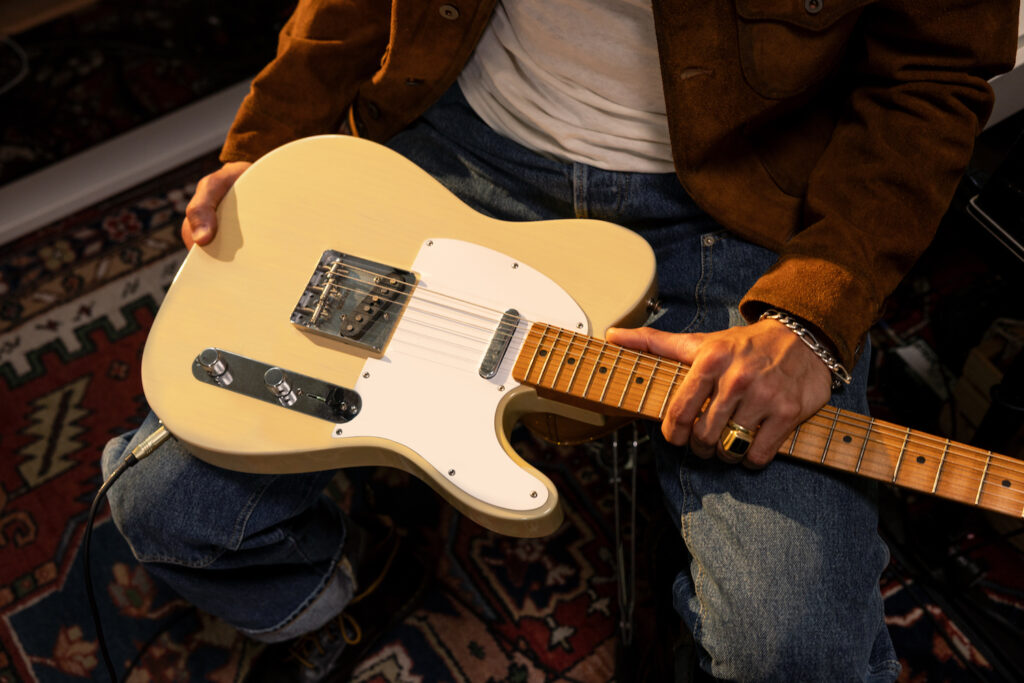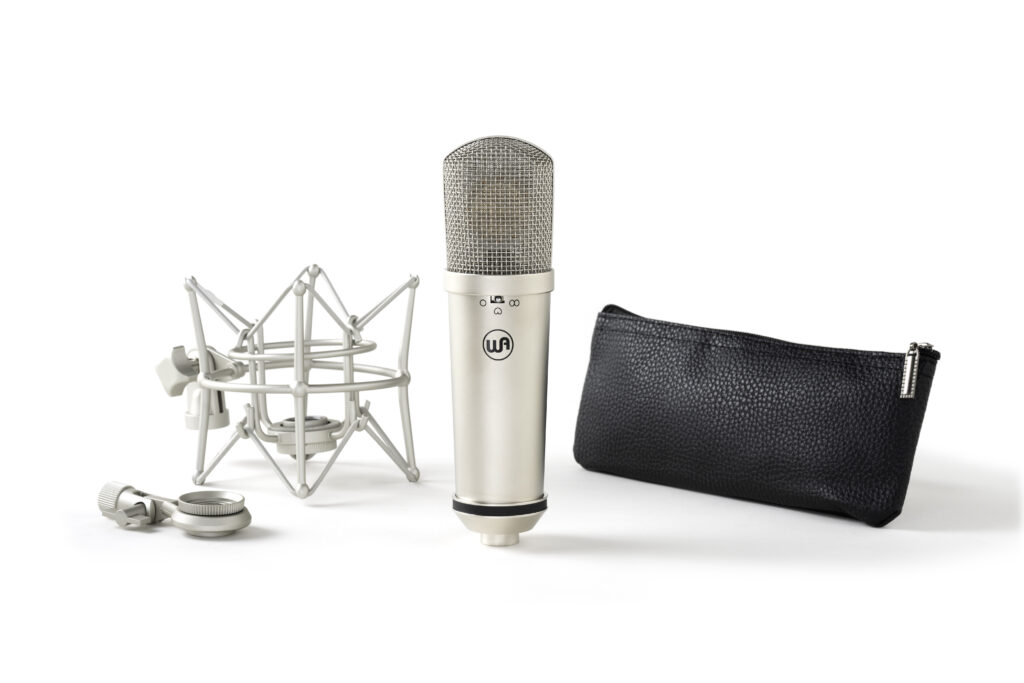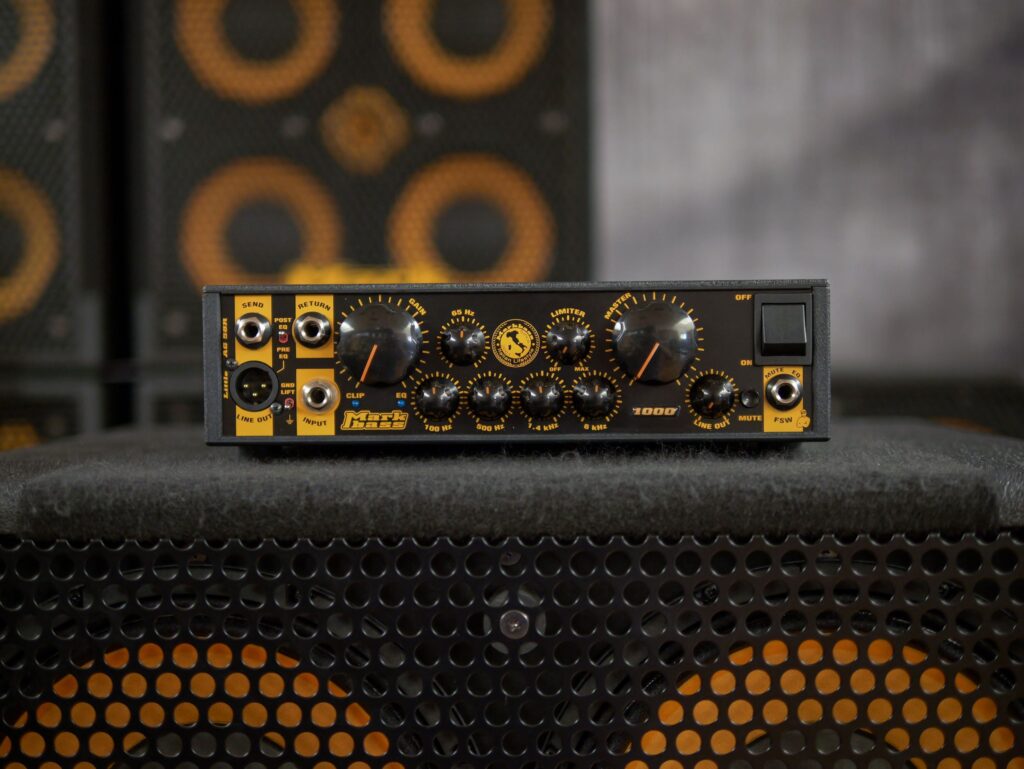Universal Audio | Enquire for pricing
Key Features: For anyone following this year’s NAMM convention as closely as we were, it became abundantly clear from the outset that 2021 was the year effects pedals made their way into the studio control room.
It seemed like every other announcement included some kind of feature designed to integrate traditional instrument level effects into one’s recording/mixing chain, further liberating out-of-box mixing for the home recording enthusiast, whilst also giving many seasoned studio types the ability to integrate many coveted, pedal only effects into their standard workflow.
What nobody could have predicted though, was the bombshell announcement that Universal Audio- the quintessential purveyors of all things studio, would be jumping into the world of stompboxes, boots and all, with the announcement of their game-changing new UAFX line of premium effects pedals for 2021.
This wasn’t just a casual dipping of the toe either, but rather the result of several years of serious R&D, led by two of the biggest names in all of pedal design: former TC Electronic wunderkind Tore Mogenson and the man himself, the Tinker Hatfield of effects pedals, Mr. James Santiago.
The resultant pedals are an absolute home-run, scratching the itch for both the pedal-hoarding tone-hound and the studio puritan in all of us.
With bucket brigade chorus having recently reaffirmed itself as part of the Australian national identity, it’s probably no surprise that it’s the Astra Modulation Machine that has quickly emerged as a fan favourite here amongst the Mixdown team, finding its way onto many a pedalboard and hardware insert since its initial release.
A three pronged ‘Modulation Workstation’, the stereo/dual mono Astra takes its sonic cues from three of the most tasteful, ‘holy grail’ modulation devices ever to be produced – the iconic, BBD-equipped original Boss CE-1; MXR’s influential Flanger/Double rack unit of the late 1970s; and the highly touted vibrato circuit found on the original 1965 Fender Deluxe Reverb.
The sonic quality of these three foundational tones seriously has to be heard to be believed. The six adjustable parameters on the pedal itself allow for ample tweakability, with standard speed, depth and intensity pots along the topline. UA’s crafty multi features make up the rest of the pedal, with the Shade, Shape, and Mode settings each playing a different role depending on which effect is engaged.
Given its unique DSP architecture, the Astra is capable of all kinds of interesting routing and blending. The Mode function in particular is primed for this kind of sonic trickery, with the options of traditional stereo wet/dry modulation mono or lush Dual Mono routing offering a plethora of tonal solutions far beyond that of your average effect pedal.
Another interesting takeaway is the manner in which the pristine true bypass circuitry found on the Astra pairs so well with the high quality, DSP effected signal in the stereo field.
For example, on something like the BBD Chorus, the Mode switch determines the stereo split of the Chorus output, with the dry tone on the left and the processed, wet tone on the right.
The presence of the extremely high quality analogue componentry found on the true bypass circuit on the Astra means that the quality of Dry signal itself is a cut above to begin with, not only matching the state of the art DSP processing for quality, but also really bringing up the overall standard of the summed output to record worthy levels of clarity.
This is exactly the kind of skilful negotiation of the analogue and digital divide that UA is known for in the Studio space, and seeing these same concepts brought to life within the context of stompboxes is an exciting indicator of where DSP based effects are headed.
There are also USB and Bluetooth Pairing ports on the back of the unit, meaning we can no doubt expect a host of additional updates and fresh new tones coming our way in the near future. UA themselves have already given users two additional tones available at registration, in the form of the new Phaser X90 and the Blackface/Brownface-inspired Dharma Trem ‘61.
Mixdown Says: From the very first note, it’s only too obvious the kind of effort UA have put into capturing the essence of what makes ’70s/’80s BBD modulation devices so highly coveted. It’s a testament to the Astra’s powerful dual-processor architecture and the insanely detailed modelling undertaken by the UA team.
Modulations shimmer and oscillate across the stereo field in a way that is both lush and musical, completely eschewing the kind of upper mid harshness that has been the achilles heel for so many latter day modulation devices.
Just like anything bearing the UA badge, the Astra is undoubtedly studio quality, both in sonics and in terms of physical build, bringing together the very best in premium electrical components and combining it with some of the most highly sought after DSP and analogue emulation in the studio domain.
The result is something both classic in tonality and forward thinking in workflow and with its extremely powerful Dual-Processor topography and its ability to house some of the most powerful modelling in existence (much like UA’s Satellite and Apollo interfaces operate in the plugin domain), their entrance into the pedal market is sure to send reverberations throughout the broader guitar community (pun absolutely intended).
Overall: Masterful Modern Modelling of much-loved Modulators.
Find out more about the UAFX range via Universal Audio.
